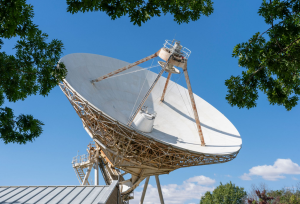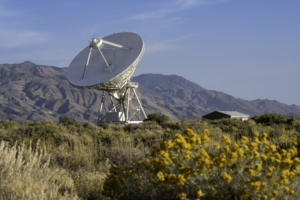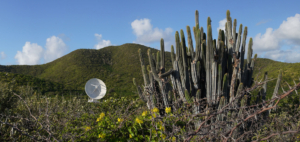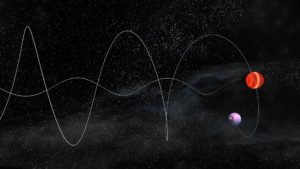Nestled in the woods near North Liberty, Iowa, this antenna can’t be seen from the road, but is occasionally…


Owens Valley: Radio Astronomy in the Land of Sky and Stream
Three million years ago the fault regions of the Sierra Nevada and White Mountains began their thunderous rise. Their…

St. Croix: Radio Astronomy in the Caribbean
When the morning sun rises over the lands of the United States, it rises first over St. Croix. Located…

NRAO’s 2020 Astronomy Highlights with Phil Plait
2020 probably won’t go down as anyone’s favorite year, but we still want to celebrate all of the cool (radio) science we did.





